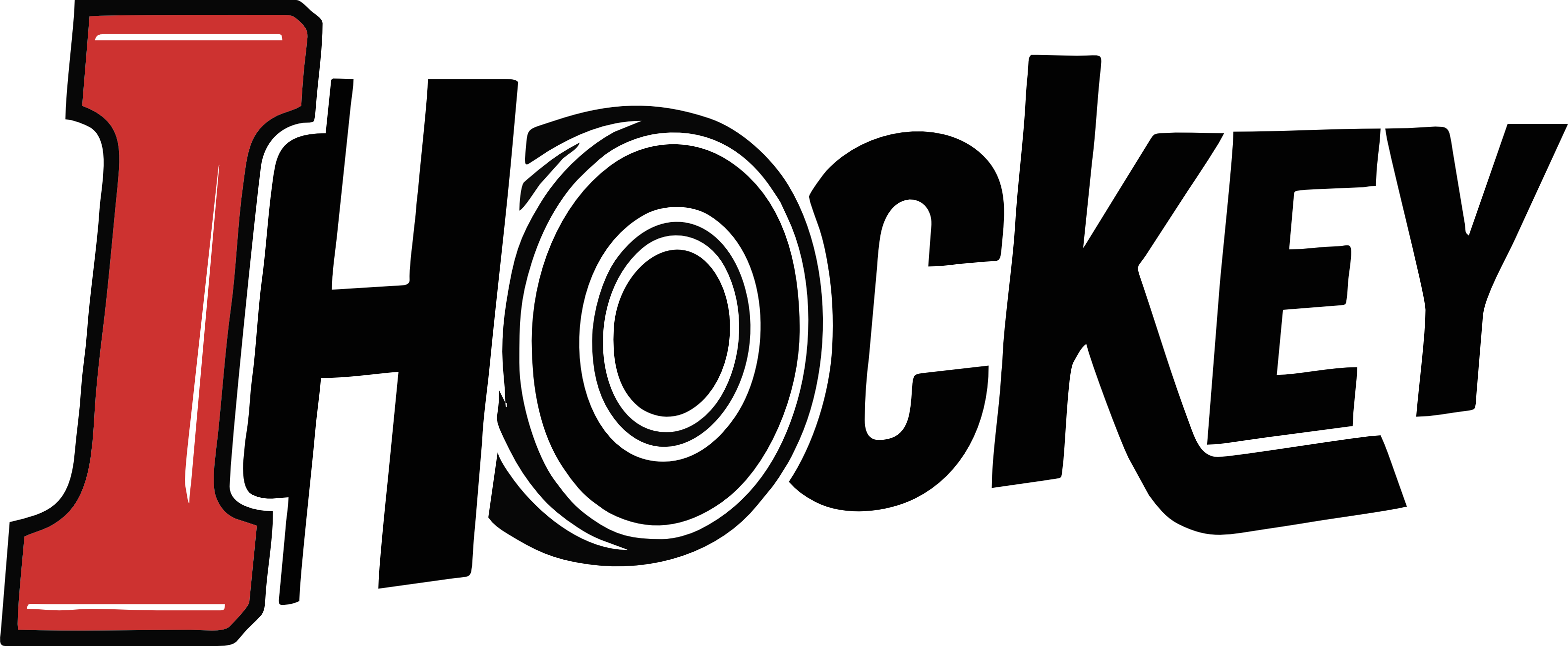If you’re new to hockey or even a long-time fan looking to understand the intricacies of the game, you’ve probably heard the term “icing” thrown around. Icing is one of the most common infractions in hockey and can often confuse those unfamiliar with its purpose. In this guide, we’ll break down the icing rule, its variations, and how it impacts the flow of a hockey game.
Understanding the Basics of Icing
In simple terms, icing occurs when a player shoots the puck from their team’s side of the red centerline and it crosses the opposing team’s goal line without being touched by any player. Once this happens, the play is stopped, and a face-off is held in the defensive zone of the team that iced the puck.
However, there are some nuances to this rule, and certain situations can lead to exceptions. Let’s dive into the details.
The Purpose of the Icing Rule
Icing was introduced to prevent teams from simply clearing the puck down the ice to relieve pressure or waste time. Without the icing rule, a team under attack could continually shoot the puck all the way to the other end, disrupting the flow of play and making the game less exciting. The icing rule forces teams to strategize and work the puck up the ice instead of resorting to simply dumping it down the rink.
Key Elements of Icing
To fully understand icing, it’s essential to break down its key components:
- Puck Movement: The puck must be shot from behind the red centerline.
- Goal Line: The puck must cross the opposing team’s goal line without going into the net.
- No Contact: Icing is only called if no player touches the puck before it crosses the goal line. If the puck is touched by a player, icing is waved off.
Different Types of Icing
There are two main types of icing: touch icing and hybrid icing. Each one affects the game in different ways and depends on the level of play.
1. Touch Icing
Touch icing requires that a player from the defending team touch the puck after it crosses their goal line to stop play. If the opposing team reaches the puck first, icing is nullified, and play continues. This system was common in many hockey leagues but has been largely replaced in professional hockey by hybrid icing.
2. Hybrid Icing
In professional leagues like the NHL, hybrid icing is used. It aims to balance safety and fairness. When the puck crosses the goal line, officials determine which player—defender or attacker—would reach the puck first. If the defensive player is closest to the puck, icing is called. If the attacking player is likely to get there first, icing is waived off, and the play continues.
Hybrid icing was introduced to reduce the high-speed collisions between players racing for the puck under the traditional touch icing rule. These collisions often led to injuries, so hybrid icing makes the game safer while keeping it competitive.
Exceptions to the Icing Rule
There are specific situations where icing is not called, despite the puck crossing the goal line:
- Power Play: When a team is shorthanded (playing with fewer players due to penalties), they can shoot the puck down the ice without icing being called.
- Goalkeeper Contact: If the opposing team’s goalie touches the puck before it crosses the goal line, icing is nullified.
- Deflection by Opponents: If a player from the opposing team touches or deflects the puck before it crosses the goal line, icing is waived off.
The Impact of Icing on the Game
Icing can have a significant impact on a game’s momentum. Here’s why:
- Face-Offs in the Defensive Zone: After an icing call, the face-off takes place in the defensive zone of the team that iced the puck. This can put them under immediate pressure from the opposing team.
- No Line Change Allowed: One of the penalties for icing is that the team that committed the infraction cannot change their players. This forces tired players to stay on the ice while the opposition gets fresh skaters, often creating a strategic disadvantage.
- Strategic Decision-Making: Teams need to be cautious when clearing the puck. A careless icing can shift the momentum in favor of the opposing team by giving them an offensive zone face-off and denying the icing team a much-needed line change.
Conclusion
Icing is an essential rule that adds layers of strategy and excitement to the game of hockey. While it may seem like a simple infraction, its implications can have a big impact on the momentum and tactics during a game. Whether you’re a player or a fan, understanding icing gives you a better appreciation of how hockey is played and the thought process behind each team’s decisions on the ice.
So, next time you’re watching a hockey game, you’ll know exactly what’s happening when you hear that whistle for icing!

